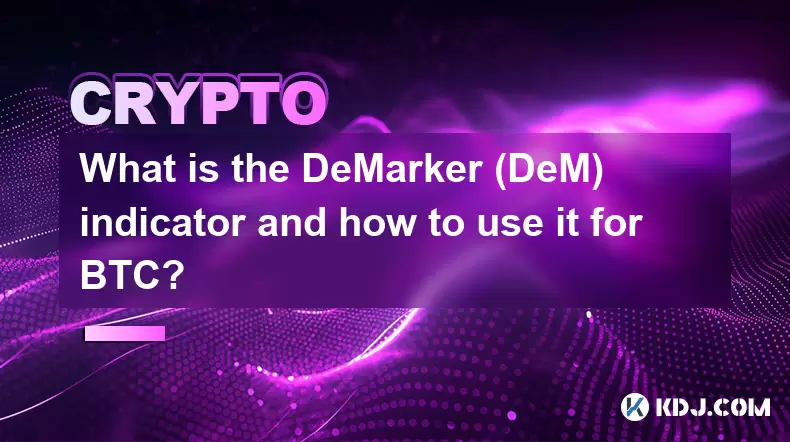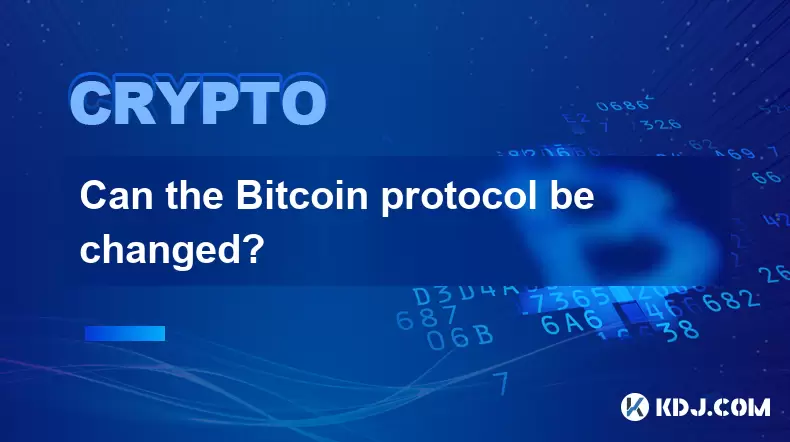-
 Bitcoin
Bitcoin $113200
1.54% -
 Ethereum
Ethereum $4368
1.43% -
 XRP
XRP $3.022
4.23% -
 Tether USDt
Tether USDt $0.0000
-0.01% -
 BNB
BNB $883.5
0.92% -
 Solana
Solana $219.5
5.29% -
 USDC
USDC $0.9997
-0.02% -
 Dogecoin
Dogecoin $0.2411
3.66% -
 Cardano
Cardano $0.8908
5.48% -
 TRON
TRON $0.3349
0.94% -
 Hyperliquid
Hyperliquid $54.50
8.93% -
 Chainlink
Chainlink $23.73
5.54% -
 Ethena USDe
Ethena USDe $1.001
-0.01% -
 Sui
Sui $3.602
5.47% -
 Stellar
Stellar $0.3861
5.90% -
 Bitcoin Cash
Bitcoin Cash $585.1
-1.13% -
 Avalanche
Avalanche $26.09
4.37% -
 Hedera
Hedera $0.2325
5.06% -
 UNUS SED LEO
UNUS SED LEO $9.549
-0.23% -
 Litecoin
Litecoin $114.2
1.13% -
 Cronos
Cronos $0.2502
-2.95% -
 Toncoin
Toncoin $3.134
1.24% -
 Shiba Inu
Shiba Inu $0.00001307
4.10% -
 Polkadot
Polkadot $4.148
3.50% -
 Uniswap
Uniswap $9.759
3.47% -
 Ethena
Ethena $0.8495
11.24% -
 World Liberty Financial
World Liberty Financial $0.2188
3.76% -
 Dai
Dai $0.9997
-0.03% -
 Monero
Monero $271.7
0.21% -
 Aave
Aave $309.2
2.95%
What is the DeMarker (DeM) indicator and how to use it for BTC?
The DeMarker indicator helps identify overbought (above 0.7) or oversold (below 0.3) conditions in BTC, signaling potential reversals when combined with other tools like RSI or volume.
Jul 08, 2025 at 02:01 am

Understanding the DeMarker (DeM) Indicator
The DeMarker (DeM) indicator is a technical analysis tool used to identify potential overbought or oversold conditions in financial markets, including cryptocurrencies like Bitcoin (BTC). It was developed by Tom DeMark and is commonly referred to as 'DeM' among traders. This oscillator fluctuates between 0 and 1 and helps traders gauge market momentum.
The DeM indicator compares the most recent high and low prices to historical price extremes. When the value rises above 0.7, it suggests that the asset may be overbought, potentially signaling a reversal or pullback. Conversely, when the value drops below 0.3, it indicates oversold conditions, which might suggest a buying opportunity.
Key Takeaway:
The DeM indicator works best when combined with other tools such as moving averages or volume indicators to confirm signals.
How the DeMarker Indicator Is Calculated
To understand how the DeM indicator functions, it's essential to look at its calculation methodology:
First, calculate DeMax(i):If the current high is greater than the previous high, then DeMax(i) = Current High - Previous High; otherwise, it’s zero.
Next, calculate DeMin(i):If the previous low is greater than the current low, then DeMin(i) = Previous Low - Current Low; otherwise, it’s zero.
Then compute the DeMA (DeMarker Average) for a given period (typically 14):
DeM(i) = SMA(DeMax(i), N) / [SMA(DeMax(i), N) + SMA(DeMin(i), N)]
Where:
- SMA stands for Simple Moving Average
- N is the number of periods used (usually 14)
This formula results in a value that oscillates between 0 and 1, helping traders assess whether the price action is bullish or bearish.
Using the DeMarker Indicator for BTC Trading
When applying the DeM indicator to BTC, traders should focus on spotting divergences and confirming trend strength. Here’s how you can use it effectively:
- Look for overbought levels above 0.7 to consider shorting or taking profits during uptrends.
- Watch for oversold levels below 0.3 to evaluate entry points during downtrends.
- Use divergence analysis: if BTC makes a new high but the DeM does not, this could signal weakening momentum.
It’s crucial to avoid relying solely on the DeM. Instead, integrate it with tools like RSI (Relative Strength Index) or MACD (Moving Average Convergence Divergence) to enhance accuracy.
Setting Up the DeMarker Indicator on BTC Charts
Most modern trading platforms such as TradingView, Binance, or MetaTrader allow users to add the DeM indicator directly to their charts. Here’s how to do it step-by-step:
- Open your preferred charting platform and load the BTC/USDT pair.
- Click on the Indicators tab or press the “F” key on TradingView.
- Search for “DeMarker” or type “DeM” in the search bar.
- Select the DeMarker indicator and apply it to the chart.
- Adjust the default settings (usually 14 periods) if needed based on your strategy.
- Observe how the DeM line interacts with the 0.3 and 0.7 thresholds.
Make sure to test the indicator using historical data before live trading to understand how it behaves under different market conditions.
Combining DeMarker with Other Indicators for BTC Analysis
Since no single indicator guarantees success, combining the DeM with complementary tools enhances decision-making. Consider these combinations:
- DeM + RSI: Both are oscillators. When both show overbought or oversold readings simultaneously, the signal becomes stronger.
- DeM + Volume: A spike in volume alongside an extreme DeM reading can validate a potential reversal.
- DeM + Moving Averages: Use the 20-day EMA or 50-day SMA to determine trend direction. If DeM shows oversold conditions and BTC is above its long-term moving average, it may indicate a good buy zone.
By layering these tools, traders can filter out false signals and increase the probability of successful trades.
Frequently Asked Questions
Q: Can the DeMarker indicator be used on timeframes other than daily charts?Yes, the DeM indicator works across multiple timeframes including hourly, 4-hourly, and weekly charts. Shorter timeframes may produce more frequent signals but with higher noise, while longer timeframes offer fewer but potentially more reliable signals.
Q: What is the ideal period setting for DeM when analyzing BTC?While the default setting is 14 periods, some traders adjust it to 20 or 30 depending on their strategy. Longer periods smooth out volatility and reduce false signals, especially useful in highly volatile assets like BTC.
Q: How accurate is the DeMarker indicator for predicting BTC reversals?The DeM indicator is not 100% accurate and should not be used in isolation. Its effectiveness increases significantly when combined with volume, support/resistance levels, and other oscillators.
Q: Does the DeMarker work well in sideways or ranging markets?Yes, the DeM performs well in ranging environments where overbought and oversold levels provide clearer signals. In trending markets, it may give misleading signals unless confirmed by trend-following tools.
Disclaimer:info@kdj.com
The information provided is not trading advice. kdj.com does not assume any responsibility for any investments made based on the information provided in this article. Cryptocurrencies are highly volatile and it is highly recommended that you invest with caution after thorough research!
If you believe that the content used on this website infringes your copyright, please contact us immediately (info@kdj.com) and we will delete it promptly.
- USDT0 & X Layer: Unifying Stablecoin Liquidity for a Seamless Web3 Experience
- 2025-09-09 22:45:15
- OnePiece Labs, Solana, and Web3 Acceleration: A Deep Dive
- 2025-09-09 23:45:12
- PENGU Price, PepeNode, and the Funding Revolution: What's Hot in Crypto?
- 2025-09-10 00:05:14
- Dogcoin Mining: Turning a Meme into a Profit Source
- 2025-09-09 22:45:15
- Lyno AI on Avalanche: Accumulating Gains with AI-Powered Trading
- 2025-09-10 00:10:12
- Pepe Coin vs. Layer Brett: Which Meme Coin Will Dominate?
- 2025-09-10 00:10:12
Related knowledge

Why is Bitcoin considered a revolutionary technology?
Aug 12,2025 at 08:29pm
Decentralization and the Elimination of Central AuthoritiesThe core innovation behind Bitcoin lies in its decentralized architecture, which fundamenta...

Why is Bitcoin considered a revolutionary technology?
Aug 10,2025 at 07:42pm
Decentralized Architecture and Trustless TransactionsBitcoin is considered revolutionary because it introduced a decentralized architecture that opera...

What are the key features of Bitcoin?
Aug 10,2025 at 02:50am
Decentralization and Peer-to-Peer NetworkOne of the most defining characteristics of Bitcoin is its decentralized nature. Unlike traditional financial...

Can the Bitcoin protocol be changed?
Aug 07,2025 at 01:16pm
Understanding the Bitcoin ProtocolThe Bitcoin protocol is the foundational set of rules that govern how the Bitcoin network operates. It defines every...

Can the Bitcoin protocol be changed?
Aug 11,2025 at 01:01am
Understanding the Bitcoin Protocol StructureThe Bitcoin protocol is the foundational set of rules that govern how the Bitcoin network operates. These ...

What happens to Bitcoin transactions once they are confirmed?
Aug 09,2025 at 05:22am
Understanding Bitcoin Transaction ConfirmationWhen a Bitcoin transaction is initiated, it is broadcast to the network and placed in a pool of unconfir...

Why is Bitcoin considered a revolutionary technology?
Aug 12,2025 at 08:29pm
Decentralization and the Elimination of Central AuthoritiesThe core innovation behind Bitcoin lies in its decentralized architecture, which fundamenta...

Why is Bitcoin considered a revolutionary technology?
Aug 10,2025 at 07:42pm
Decentralized Architecture and Trustless TransactionsBitcoin is considered revolutionary because it introduced a decentralized architecture that opera...

What are the key features of Bitcoin?
Aug 10,2025 at 02:50am
Decentralization and Peer-to-Peer NetworkOne of the most defining characteristics of Bitcoin is its decentralized nature. Unlike traditional financial...

Can the Bitcoin protocol be changed?
Aug 07,2025 at 01:16pm
Understanding the Bitcoin ProtocolThe Bitcoin protocol is the foundational set of rules that govern how the Bitcoin network operates. It defines every...

Can the Bitcoin protocol be changed?
Aug 11,2025 at 01:01am
Understanding the Bitcoin Protocol StructureThe Bitcoin protocol is the foundational set of rules that govern how the Bitcoin network operates. These ...

What happens to Bitcoin transactions once they are confirmed?
Aug 09,2025 at 05:22am
Understanding Bitcoin Transaction ConfirmationWhen a Bitcoin transaction is initiated, it is broadcast to the network and placed in a pool of unconfir...
See all articles
























































































